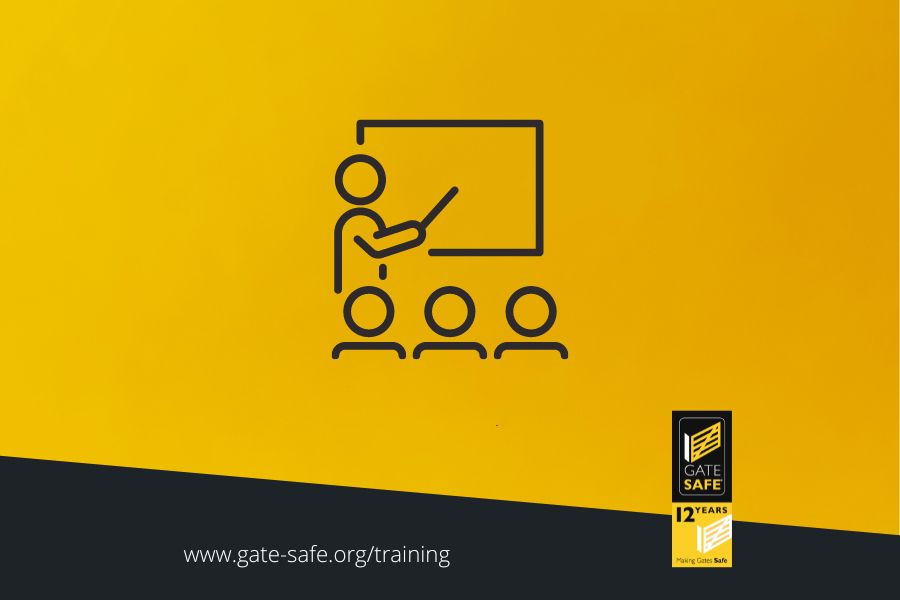Not all training is equal. Sometimes, while the training content may be appropriate, the method of delivery diminishes its value. Equally, the trainer may do a sterling job in engaging with delegates but if his or her level of knowledge is limited and the actual guidance delivered is too basic or fundamentally flawed, the training will do little to improve an installer’s credentials.
Training success
Setting a training agenda in line with delegate expectations is key to success. In a large training group, this can be difficult to achieve. Smaller groups offer far more scope to tailor the content in line with the experience and aspirations of the attendees. There is also a much stronger likelihood of building a rapport with the trainer in sessions with a maximum group size of four to five delegates compared to a room filled with 20 or so …
For some, travel to a face-to-face training situation can be stressful and of course, it also takes time out of the business schedule. Being relaxed and comfortable when training is pivotal to taking on board the knowledge that is being imparted, so it is vital to find a course where you will be in an environment where you feel settled and comfortable.
Attending a course led by a trainer who has clear industry – as well as training – experience is also essential. Many of the most important learnings from a course are derived from the questions and answers session where delegates can find the solutions to some of the problems that they are experiencing in the field. Questions which demand a response from someone with relevant and up to date experience of working in the sector and therefore the ability to pass on best practice guidance to achieve a safe automated gate and barrier installations. And someone who also has the expertise required to comment on other technical issues relating to the installation, beyond specific safety measures.
And it goes without saying that if you don’t understand what the trainer is saying, if you’re being dazzled with jargon that you are not familiar with, then the training is never going to be of any benefit. Information should be communicated in a way that is easy to understand, jargon free and with an emphasis on the practical rather than focusing on the theory.
Relevant content
Credible training content – like editorial content – should be independent and unbiased. If you attend a training course, the focus should be on learning, not subliminal selling. There are many courses available which are being run by organisations with a hidden agenda to impart knowledge whilst also gently pushing key sales messages.
If you read a book or training manual, you don’t expect to come across blatant advertising within the editorial. The same rule should be applied to training courses. The independent, impartial rule should also extend to the physical setting of the training course. Courses hosted on manufacturer sites cannot claim to be neutral.
Credible accreditation
Find a course that has been approved or is accredited by an appropriate third-party organisation that has the relevant kudos to add weight to the value of the training. Training that is regularly audited and is required to conform with set protocols to ensure a successful training experience is always preferable.
Refresh your knowledge
No training is evergreen. Installers should be guided to regularly refresh their knowledge in line with changes in legislation and accepted best practice. In addition, improving installer understanding should not stop once the course is completed.
Ongoing access to the training organisation via a technical help line is hugely beneficial so that if the delegate comes across something in the field that requires specific support, they can turn to the experts for further guidance.
Additional benefits
Taking a professional training course is an excellent first step towards becoming a competent installer, but of course there are other ways to further expand your understanding of automated gate safety. Attending regular webinars, joining the relevant industry groups on social media platforms to participate in debates or online Q&As on key topics, visiting specific trade events and reading articles in the trade press which offer additional insights into the latest recommended best practice, these can all contribute towards the desired ‘competent and suitably trained’ status.
For more information on the Gate Safe training which runs every week, visit www.gate-safe.org/training
